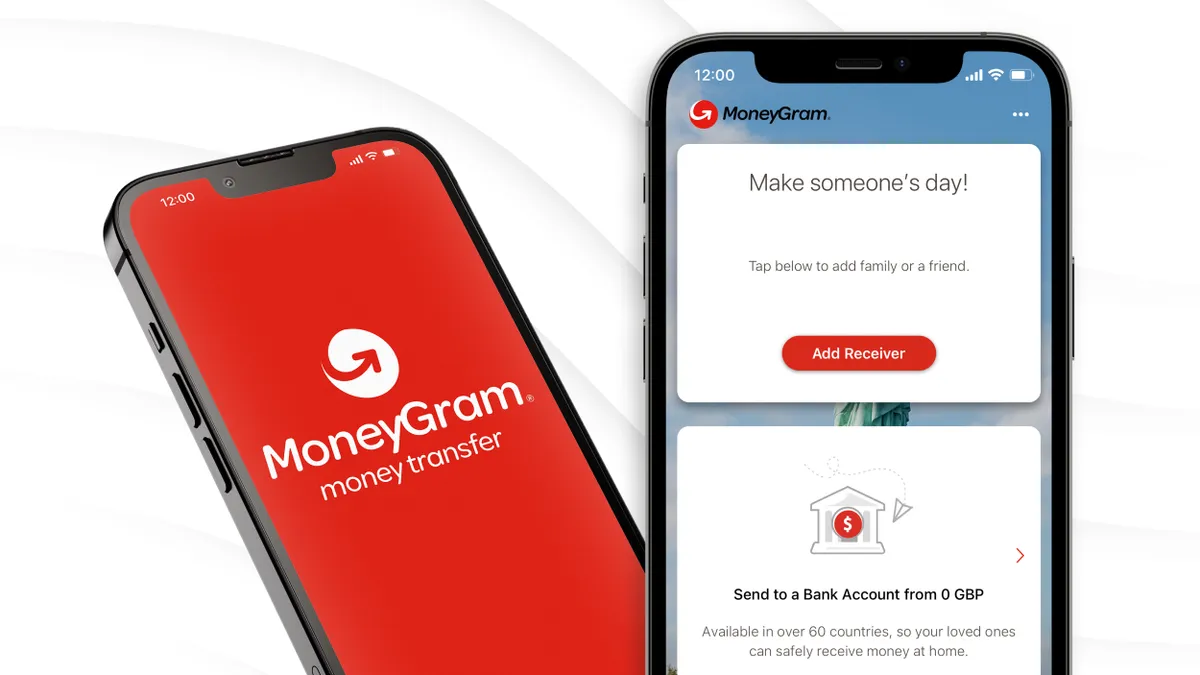Online advertising company GumGum is well positioned to help companies leverage booming programmatic marketing opportunities even if the global economy struggles through a slowdown, the company's new CFO told CFO Dive in an interview.
Patrick Gildea joined GumGum this month after stints as CFO with several technology companies, including entertainment data company Gracenote, movie streaming service M-GO/Technicolor and furniture company Joybird. Gildea managed the sale of each to a larger company.
GumGum, which launched in 2008, uses technology designed to scan millions of photos and videos online and, based on how its algorithm processes clues in the visual media, identify matches between content and advertisers.
It claims a number of Fortune 100 companies as clients, who want the company to match them to appropriate content and protect them from association with negative content that can diminish their brand.
"There are other companies in the space that deliver brand safety, but they only do textual ads," said Gildea, a CPA who started his career decades ago as an accountant with Arthur Andersen. "When it comes to doing images, we're the only ones in the market with that. Since the bigger players in the space do text but not images, they're only delivering half a solution, in my mind."
Ben Plomion, GumGum's chief growth officer, said the company's visual scanning can prevent, say, an ad for an airline company appearing next to a news video of an airline crash. "We use our technology to find pictures of that airplane that crashed and make sure an airline is not going to be running next to it," Plomion told CFO Dive.
Plomion said the company's ability to protect the brand reputation of companies is a big growth area because of the cultural climate today. "A lot of brands are under pressure right now to take a stand publicly," he said. "And sometimes brands are very anxious having their ads running online and placed in the wrong places.
"Facebook, Google, and many large players ... can't [discriminate by visual context]," Plomion said. "We can because, again, we have the technology to do this effectively."
Spending on images
From an accounting perspective, one of the company's big expenses is scouring the web for third-party data — the images and video it scans for inclusion in its database. "We have a lot of data costs and internet costs to do that,” Gildea said.
GumGum only scans media from partners in what it calls its publisher network. "There are several thousand sites, hundreds of publishers where our technology is integrated with them through a relationship," he said.
Maintaining a data center is not a big cost because the company uses Amazon Web Services as its cloud-based hosting platform.
The company has a second line of business that is just starting to take off: measurement of online brand impressions at sporting events. The company uses its computer vision technology to scan images and videos of basketball games and other events to measure the visibility of an advertiser's logo or name. This segment of the company is its smallest, but it's growing at a faster rate than its core business.
"I'm totally excited about the sports business because while there are a couple folks out there who do this, we're the ones who've automated it using computer vision technology versus human tracking," Gildea said.
For both lines of business, the company mainly works with clients in the U.S. and Canada but in recent years has expanded into the United Kingdom, Australia and Japan.
Gildea said the company is poised to see continued strong gains in its core product area, even if economic growth in the U.S. slows — or if the global economy goes negative — because of the nature and size of its clients and the dynamism of online advertising.
"If you look at the 2008 recession, advertising went down at a double-digit percentage, but the vast majority of that was TV, newspaper and radio," Gildea said. "They took the brunt of that, while, in digital, the decrease was in the single digits. That's where we play, and most of our customers are very large brands that have a heavy focus on digital spend, so we'll have less of an impact from that perspective.”
Gildea wouldn't say whether the company plans to go public in the near future, but the option is open.
"We're a business that continues to grow pretty fast for our size," he said. "So there's definitely opportunities in a year or two to start looking at other ways to access capital."




















